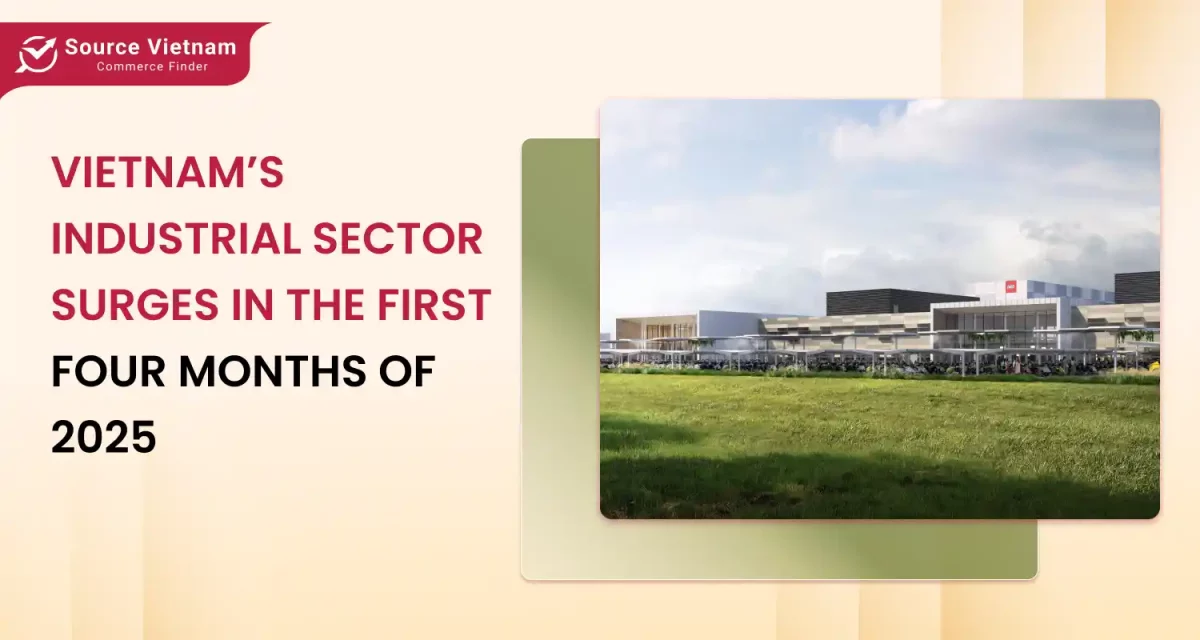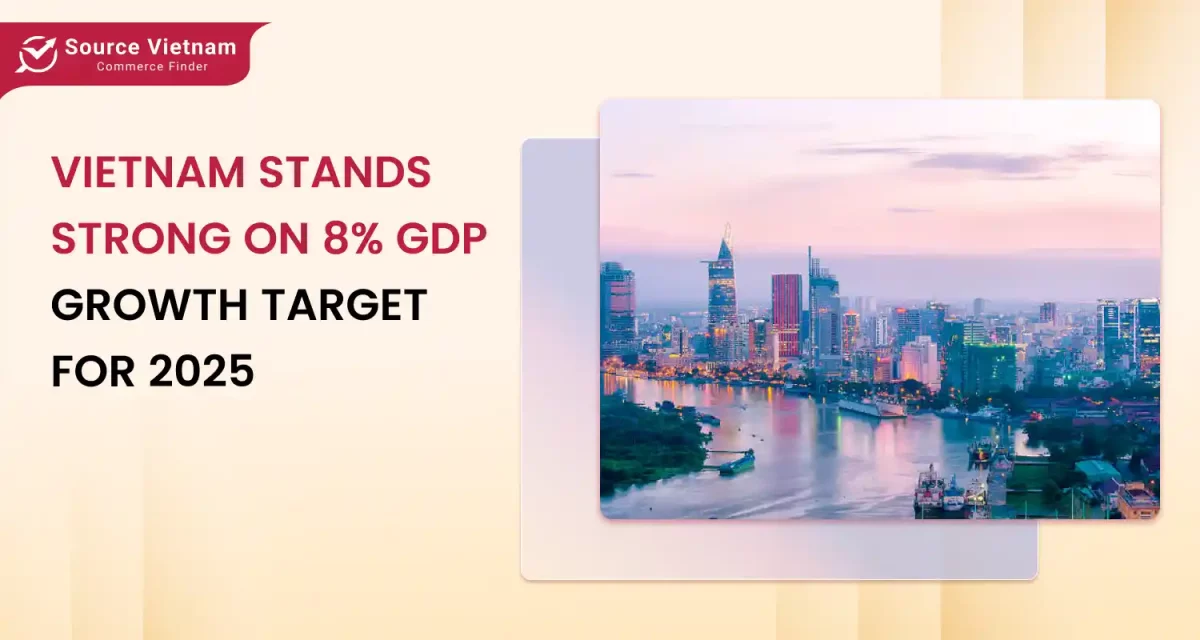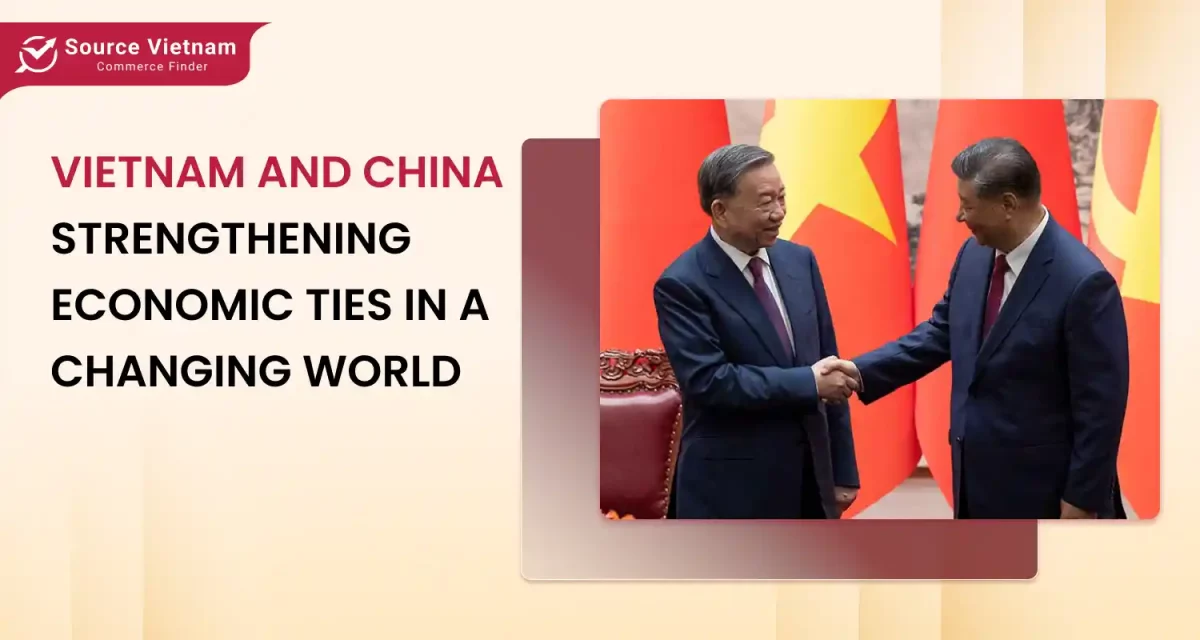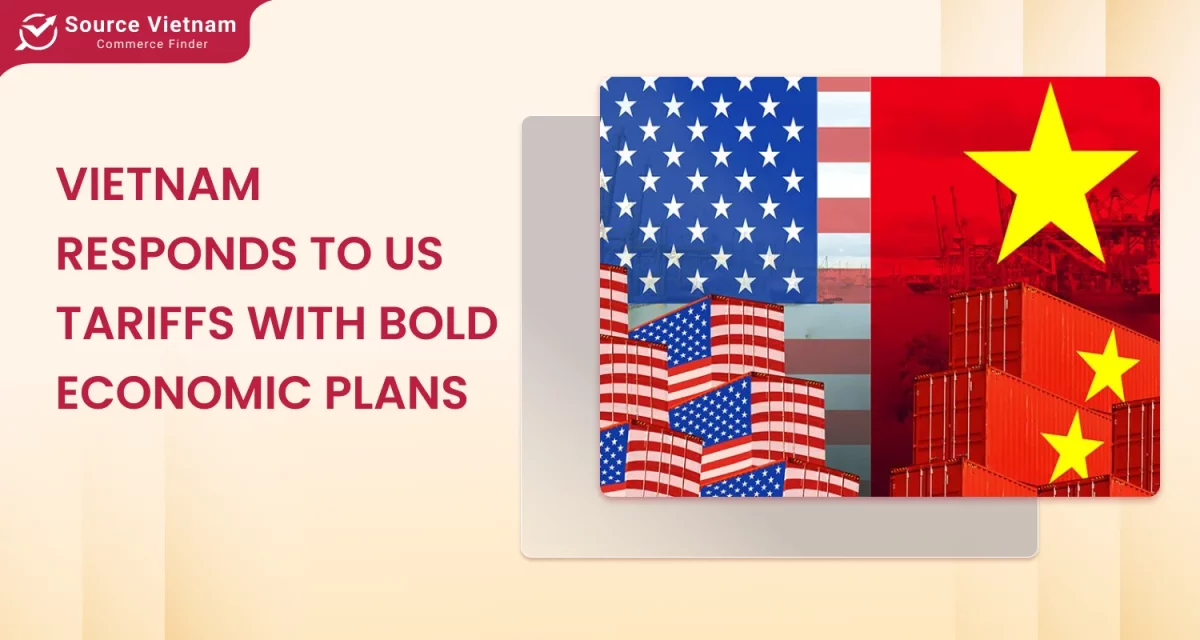Insight:
- Vietnam is building a carbon market to reduce emissions, boost green investments, and align with global sustainability goals.
- While offering economic opportunities, the system faces challenges in policy development, infrastructure, and transparency.

As the world races against climate change, carbon markets have emerged as a key solution to reducing greenhouse gas emissions. Countries worldwide are implementing carbon trading systems to encourage businesses to cut emissions while fostering sustainable investments. In this global movement, Vietnam has boldly committed to achieving net-zero emissions by 2050, aligning with international sustainability goals.
A well-structured carbon market can drive green growth by turning emissions reduction into an economic opportunity. It incentivizes companies to adopt cleaner technologies, invest in renewable energy, and participate in carbon trading. But how is Vietnam developing its carbon market? What steps has the government taken to make this a reality? Let’s explore Vietnam’s journey toward building a sustainable and thriving carbon trading system.
1. What is the carbon market?
A carbon market is essentially a framework aimed at cutting down greenhouse gas emissions by assigning a cost to carbon. It operates through two main mechanisms: the Emission Trading System (ETS) and the Voluntary Carbon Market.
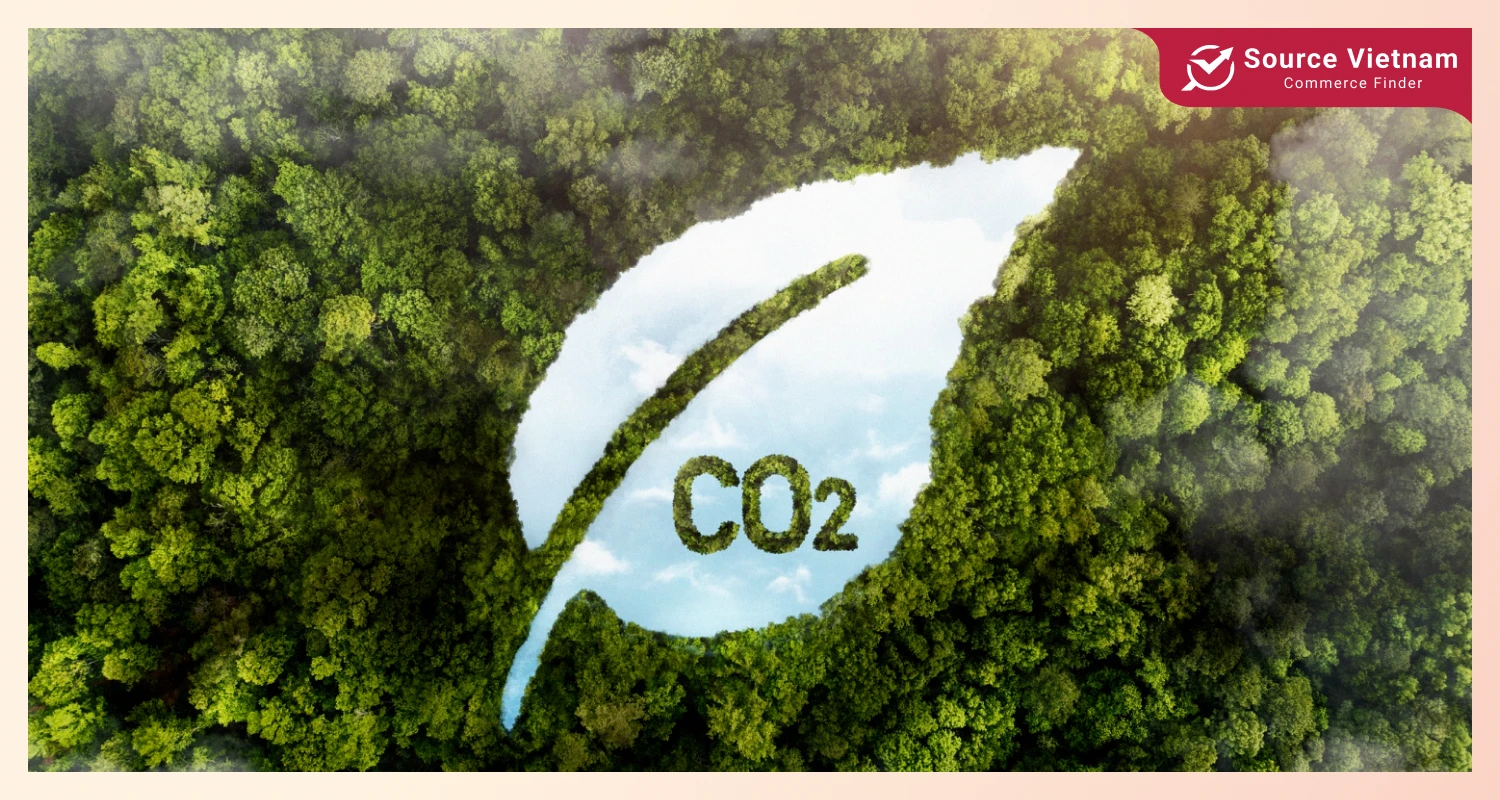
In an ETS, the government sets a cap on emissions and allocates allowances to companies. Businesses that emit less than their limit can sell their extra allowances to those exceeding their quota. This creates a financial incentive for companies to cut emissions and adopt greener technologies.
Meanwhile, the Voluntary Carbon Market allows businesses to earn carbon credits by investing in eco-friendly projects like reforestation or renewable energy. These credits can then be sold to companies looking to offset their emissions.
By turning carbon reduction into an economic opportunity, carbon markets encourage businesses to innovate, invest in clean energy, and contribute to a more sustainable future.
2. How is Vietnam developing its carbon market?

Vietnam is taking significant steps to establish a structured carbon market, ensuring businesses transition toward greener practices. The foundation for this system was laid with the 2020 Environmental Protection Law and Decree 06/2022, which set regulations for carbon emissions management. In early 2024, the government approved a comprehensive plan to launch and develop the carbon market, with a pilot trading platform expected to go live in June 2025, managed by the Hanoi Stock Exchange (HNX).
Participation in this market will be mandatory for over 2,166 businesses, including power plants, steel manufacturers, cement producers, and large transportation companies. These industries must track and report emissions, with emission quotas assigned until 2028. Companies exceeding their limits must buy allowances, while those emitting less can sell unused credits.
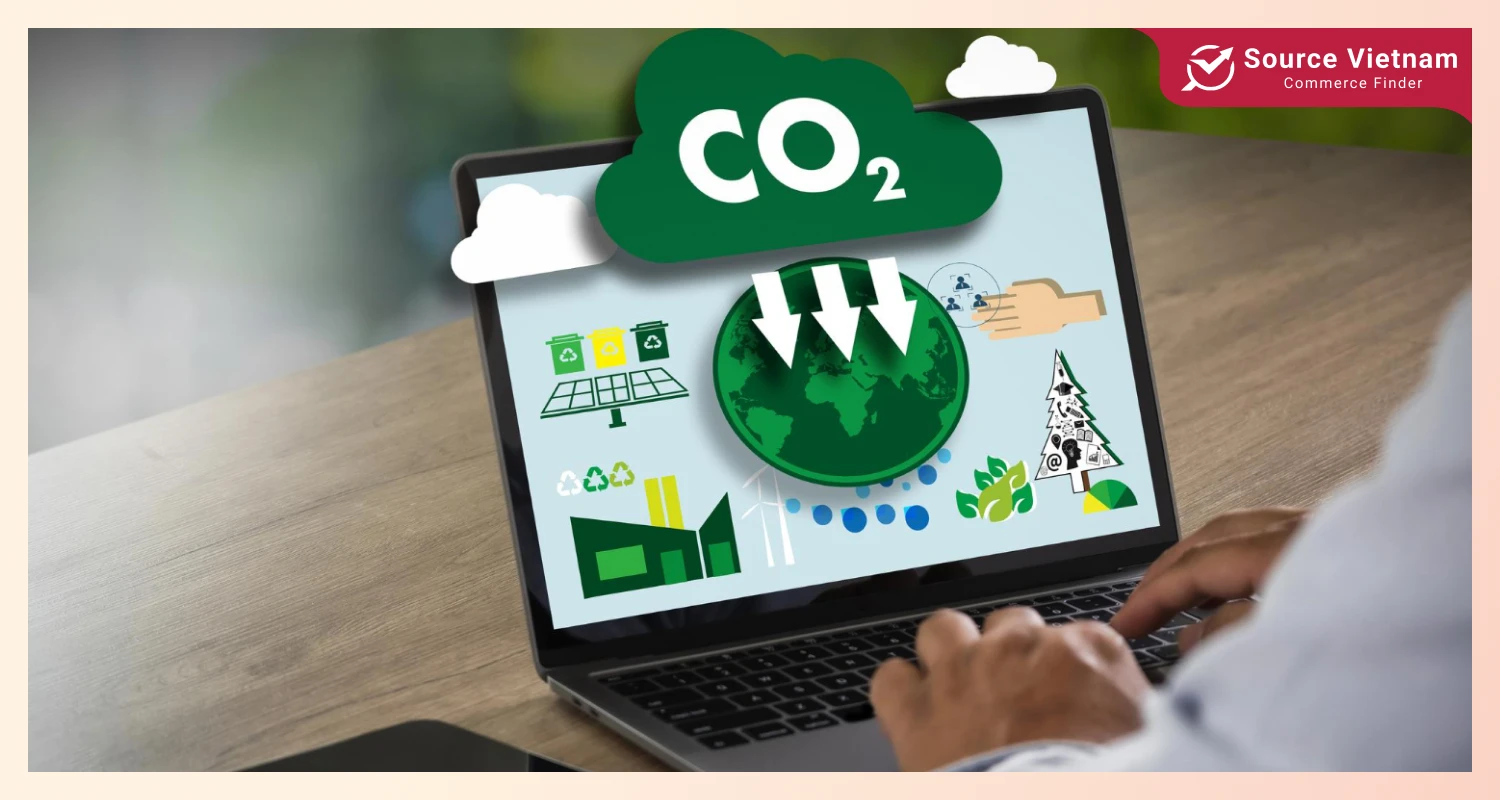
Vietnam also looks beyond its borders, integrating with international carbon trading systems. Vietnamese businesses can trade carbon credits globally through the Paris Agreement’s carbon credit exchange mechanisms. Additionally, Vietnam is partnering with Japan under the Joint Crediting Mechanism (JCM), allowing companies to collaborate on emission reduction projects while benefiting from financial incentives.
3. Opportunities and challenges in Vietnam’s carbon market
Vietnam’s carbon market presents many opportunities for businesses and the economy. First, it encourages the growth of green industries and clean technologies, pushing companies to innovate and adopt sustainable practices. Additionally, businesses can generate new revenue streams by trading carbon credits, turning emission reductions into financial benefits. Participation in this system also enhances Vietnamese enterprises’ global competitiveness, as many international markets now favor low-carbon products and supply chains. Furthermore, developing a carbon market is expected to attract investment from green funds and financial institutions, accelerating Vietnam’s transition to a more sustainable economy.

However, the journey toward a fully operational carbon market comes with challenges. Legal frameworks and trading infrastructure are still being developed, requiring time and adjustments to ensure smooth implementation. Many businesses, particularly in high-emission sectors, face high costs for upgrading technology to meet emission standards. Moreover, transparency and market oversight remain key concerns, as Vietnam must build a reliable system that prevents fraud and ensures fair trading.
Despite these challenges, the carbon market is a critical step toward a greener future, offering economic and environmental benefits. With the right policies and investments, Vietnam can position itself as a leader in sustainable development.
4. Conclusion
Vietnam’s carbon market is a game-changer, driving businesses toward sustainability while boosting economic growth. By reducing emissions and investing in clean technology, companies can stay competitive in an increasingly green global market.
As the system evolves, businesses must proactively adapt, and policymakers should ensure transparency and efficiency. With continued development and international integration, Vietnam’s carbon market will play a key role in achieving net-zero emissions and securing a sustainable future. Follow SourceVietnam.com for the latest updates on the Vietnamese coffee market and business opportunities!

